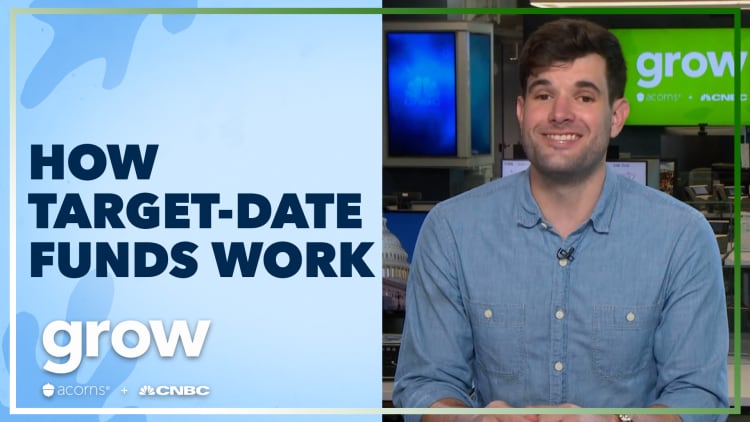The share of employers allowing Roth 401(k) savings surged last year, giving more workers access to the financial benefits that accompany such contributions.
A Roth is a type of after-tax account. Workers pay taxes up front on 401(k) savings, but investment growth and account withdrawals in retirement are tax-free. This differs from traditional pre-tax savings, whereby workers get a tax break up front but pay later.
Not all plans let workers save in a Roth account. The percentage of 401(k) plans offering the option grew to 86% in 2020, up from 75% in 2019 and 49% a decade ago, according to the Plan Sponsor Council of America, a trade group.
"It's been increasing steadily," said Hattie Greenan, the group's director of research.
That's likely because awareness of the benefits of Roth accounts has grown over time among employers and employees, who may be pressuring businesses to add the option, Greenan said.
The profile of the Roth option may have further grown this year as Democratic lawmakers have weighed rules to rein in the use of such accounts as tax shelters for the rich. A ProPublica article in June outlined how billionaires like PayPal co-founder Peter Thiel used Roth accounts to amass vast wealth.
The largest employers are most likely to offer the option — about 91% of 401(k) plans with more than 5,000 savers have a Roth feature.
Roth benefits
Roth 401(k) contributions make sense for investors who are likely in a lower tax bracket now than when they retire, according to financial advisors.
That's because they would accumulate a larger nest egg by paying tax now at a lower tax rate.
It's impossible to know what your tax rates or exact financial situation will be in retirement, which may be decades in the future. However, there are some guiding principles for Roth.
More from Personal Finance:
Some Americans may receive more stimulus money this tax season
Monthly child tax credit payments have ended
How we work from home needs to change in the new year
For example, Roth accounts will generally make sense for young people, especially those just entering the workforce, who are likely to have their highest-earning years ahead of them. Those contributions and any investment growth would then compound tax-free for decades. (One important note: Investment growth is only tax-free for withdrawals after age 59½.)
Some may shun Roth savings because they assume both their spending and their tax bracket will fall when they retire. But that doesn't always happen, according to financial advisors.
There are benefits to Roth accounts beyond tax savings, too.
For example, savers who roll their Roth 401(k) money to a Roth individual retirement account don't need to take required minimum distributions. The same isn't true for traditional pre-tax accounts; retirees must pull funds from their pre-tax accounts starting at age 72, even if they don't need the money.

Roth savings can also help reduce annual premiums for Medicare Part B, which are based on taxable income. Because Roth withdrawals are considered tax-free income, pulling money strategically from Roth accounts can prevent one's income from jumping over certain Medicare thresholds.
Some advisors recommend allocating 401(k) savings to both pre-tax and Roth, regardless of age, as a hedge and diversification strategy.
Investor use of Roth 401(k) savings has increased in recent years along with broader availability. About 26% of workers who save in their 401(k) plan used the Roth option in 2020, up from 18% in 2016, according to the Plan Sponsor Council of America.
"Use tends to lag a little bit behind availability as companies do education around it," Greenan said.
Road blocks
There are several reasons why people may not be making Roth contributions.
Automatically enrolling employees into 401(k) plans has become popular — 62% of plans use so-called "auto enrollment." Often, companies don't set Roth savings as the default savings option, meaning automatically enrolled employees would have to proactively switch their allocation.
Further, employers that match 401(k) savings do so in the pre-tax savings bucket. Higher earners may also mistakenly think there are income limits to contribute to a Roth 401(k), as there are with a Roth individual retirement account.


